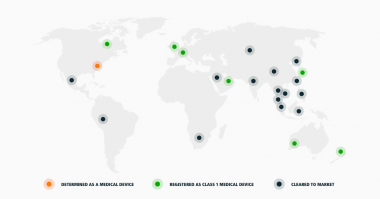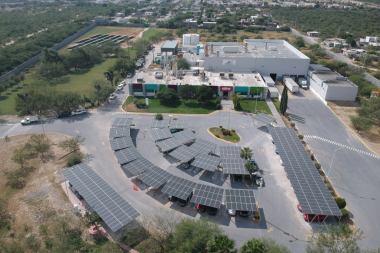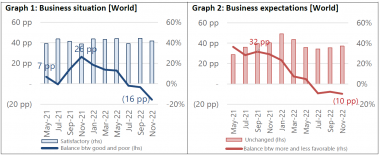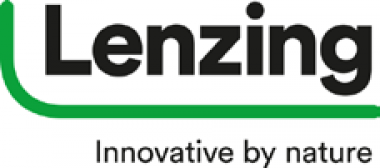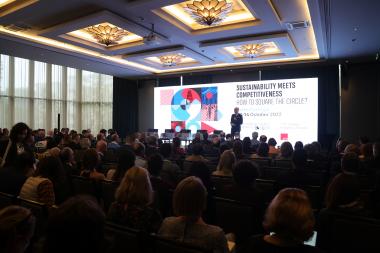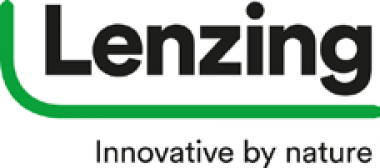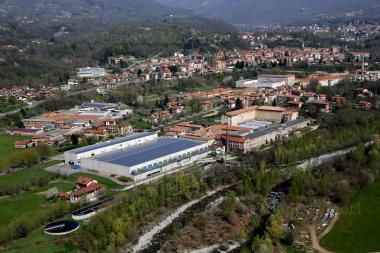Archroma completes acquisition of Huntsman Textile Effects
Archroma announced the closing of the acquisition of the Textile Effects business from Huntsman Corporation (“Huntsman Textile Effects”).
When the Huntsman Textile Effects acquisition was first announced in August 2022, Archroma Group Chief Executive Officer (CEO) Heike van de Kerkhof called the transaction a “merger of equals”. Indeed, the global business of Huntsman Textile Effects comprises approximately 2,300 employees in 33 countries and 10 production sites globally which, when combined with Archroma, means the company will have more than 5,000 employees in total, in 42 countries and 35 production sites.
In addition to the closing of the Textile Effects acquisition, Archroma announced that it has updated its overall business into two operating divisions for growth, each focused on a separate end market.
The Textile Effects business acquired from Huntsman will be integrated with the Brand & Performance Textile Specialties business of Archroma into one new division named Archroma Textile Effects. The new division will be led by Rohit Aggarwal, former President of Huntsman Textile Effects, who is appointed as Divisional President & CEO of the Archroma Textile Effects division, as well as President Asia.
The Packaging & Paper Specialties and Coatings, Adhesives & Sealants businesses of Archroma have been recently combined into one new division named Archroma Paper, Packaging & Coatings, under the leadership of Sameer Singla, Divisional President & CEO of the Archroma Paper, Packaging & Coatings division, as well as President Americas and Europe, Middle East & Africa.
This new structure will ensure that both divisions obtain the resources and focus needed to continue providing Archroma’s customers and business partners with the superior experience and solutions they have come to expect.
In particular, Archroma is committed to supporting global megatrends and societal shifts such as circular fashion, plastic-to-paper replacement, and water-based paints and coatings, with the innovations and solutions needed to do so.
Archroma








